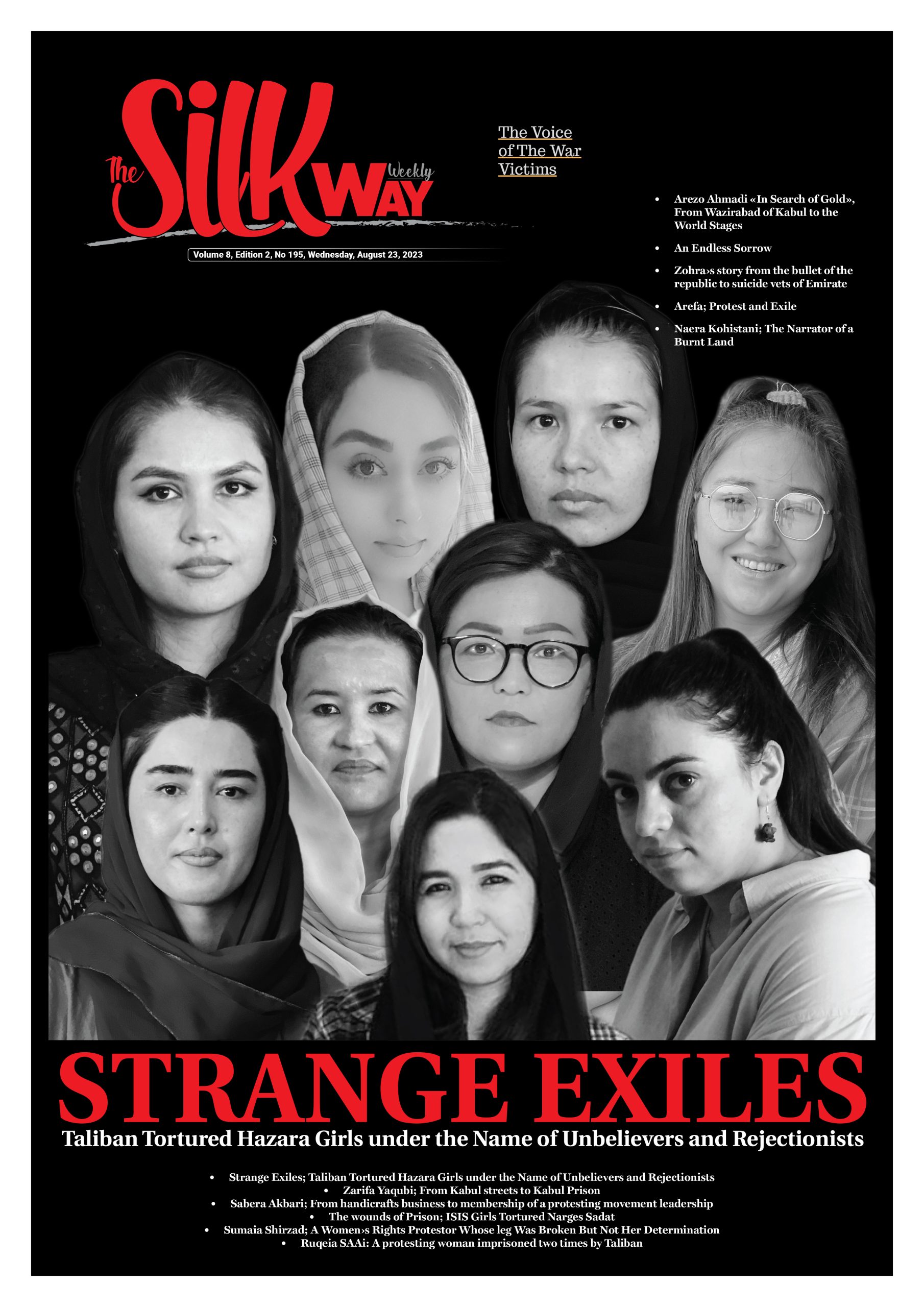 By: Mohammad Ahmadi
By: Mohammad Ahmadi
Abdul Rahman not only massacred Hazara men, but he also did not show mercy to Hazara women and girls and sold thousands of Hazara women and girls as slaves in the slave markets. His forces usurped thousands of settlements, hundreds of streams and thousands of lands and trees and set them on fire. The same genocidal behavior by the Taliban during the first period of its role was followed and is still being followed now. Of course, these primitive racist policies have been applied to Hazaras by all governments. In the 20 years of the republic, Hazara women and girls suffered countless sufferings and many killings. A systematic discriminatory policy was applied against Hazara women and girls. For example, one of the republic prosecutors in an interview with the silk Way Weekly said a Hazara women was raped in the General Attorney Authority during the republic government.
During Hamid Karzai Rule in 2014, Ministry of Higher Education, expelled 18 Hazara boys and 5 girls from Kabul university to poor provinces. The conflict started when hostel manager of Kabul university had given a broken jam jar to a Hazara female student and she had refused it; but the manager had insulted the girl and beat her. Social media users and free media reacted strongly against expelling Hazara female students. Ali Amiri, former lecturer of Avicenna university, writing an article on this topic titled “Strange Exile” said “Ministry of Higher Education, following a tension exited by one of the employees of MoHE in the female hostel has expelled 5 female students named Asia, Sharifa, Raihana, Najiba and Shakila from Kabul university to other universities. This edict is contrary to the law. MoHE has no right to change or transform any student arbitrarily. Exile is a punishment and only the authorized court can reinforce it on somebody.”
In Ghani’s government, on December 8, 2015, the current terrorist ruling group of Taliban beheaded a 9-year-old Hazara girl along with 7 other civilians, three women, on Kabul-Zabul highway. On December 11 of the same year, thousands of people carried their bodies from Barchi, west of Kabul, to the presidential palace. These demonstrators organized the biggest advocacy movement with the cut throat of Tabassom in the course of history of Afghanistan which is called “Tabassom Movement.” Tabassom is derived from the smile of a girl who was beheaded in Zabul. In October 2017, a female Hzara student, Zahra Khawari, committed suicide against inequality in Kabul university. At that time, the media reported that the reason for Zahra’s suicide was not only repeated rejection of her thesis; rather, the sexual abuse of her may have forced to do this. In an attack on Sayd ul Shohada school on May 11, 2021, in Dasht e Barchi, Kabul more than 50 girls were killed more than 100 were injured. Before this attack, many Hazara female students were killed in Kawsar and Mawoud Educational Centers attacks.
Taliban in the second round of its government, started suppressing Hazara girls from attacking on Kaaj Educational Center. According to the UN reports, on September 30, 2022, In a suicide attack on Kaaj Educational Center 54 students were killed and 114 were injured. According to the UNAMA reports, 51 girls were killed and injured. But the local sources reported that 58 were killed and 126 were injured. Two suicide bombers entered the classroom and exploded themselves among the female students. A number of female students held a protest in Kabul university campus on October 2,2022, but they were poisoned. According to the local reports no girl from other ethnic groups were poisoned. Taliban authorities had ordered to only poison Hazara female students. As a result, 12 Hazara female students were hospitalized. Following this, Taliban expelled more than 100 students from Kabul university, Kabul medical university and Education university or from the hostel. Marzia, not real name, told the Silk Way Weekly that “I had not eaten lunch and when she had dinner she was poisoned. When I was injected in Aliabad hospital, I was paralyzed for two hours, and many students were expelled. They expelled my classmates from the classroom. I heard that Taliban had prepared the list of 100 students to expel them and my name was among them.” Taliban had installed cameras in our rooms and had threatened us if we speak about the poisoning, they will kill us.” A reliable source reported the Silk Way Weekly at the time, “In the beginning, there were a number of Tajik and Pashtun girls among those who were expelled, but, later, Minister of higher education had allowed them to attend the classes but he did not allow Hazara students to return to their classes.” She said.
After this incident, Taliban had a dual and racist behavior with Hazara protesting girls on the streets and prisons and named them unbelievers and rejectionists and even prostitutes. The Taliban intelligence has taken the most information from Hazara girls and they have been tortured more cruelly than others. One of Hazara female protestors who was detained told the Silk Way Weekly that the most brutality has been inflicted on Hazara female protestors and no attention or cooperation has been given to them. She told us she has been imprisoned as a Hazara woman, and Taliban called her an unbeliever and rejectionist and when she wanted to perform prayers, and asked Taliban for mohr, a piece of clay, to put her head on it, Taliban ridiculed her. She says that Hazara prisoners were openly subjected to racial discrimination, violence and ethnic hatred by the Taliban. Taliban increasingly develop the circle of violence. As a result, Taliban even did not allow the families of Hazara female prisoners to visit them while the families of other ethnic groups could meet them once a week. This case is dedicated to the Hazara girl protestors who were cruelly imprisoned and tortured by the Taliban and strangely exiled from their country.


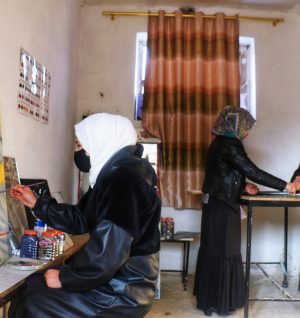
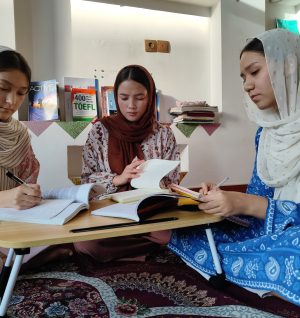
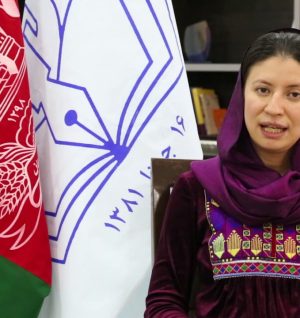
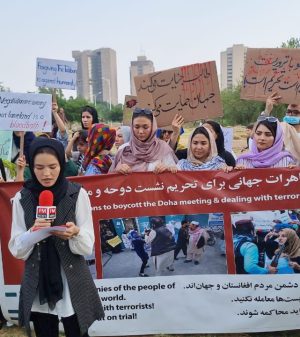
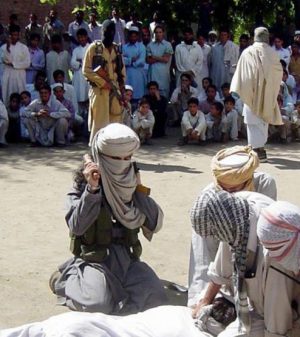
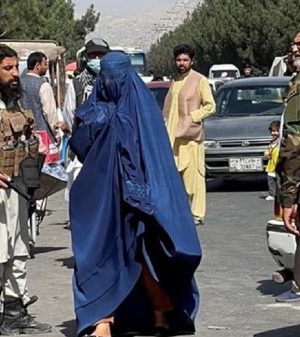
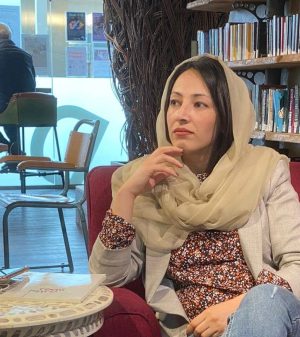
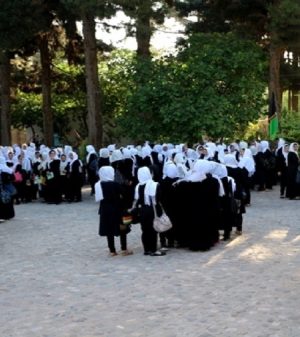
Add Comment